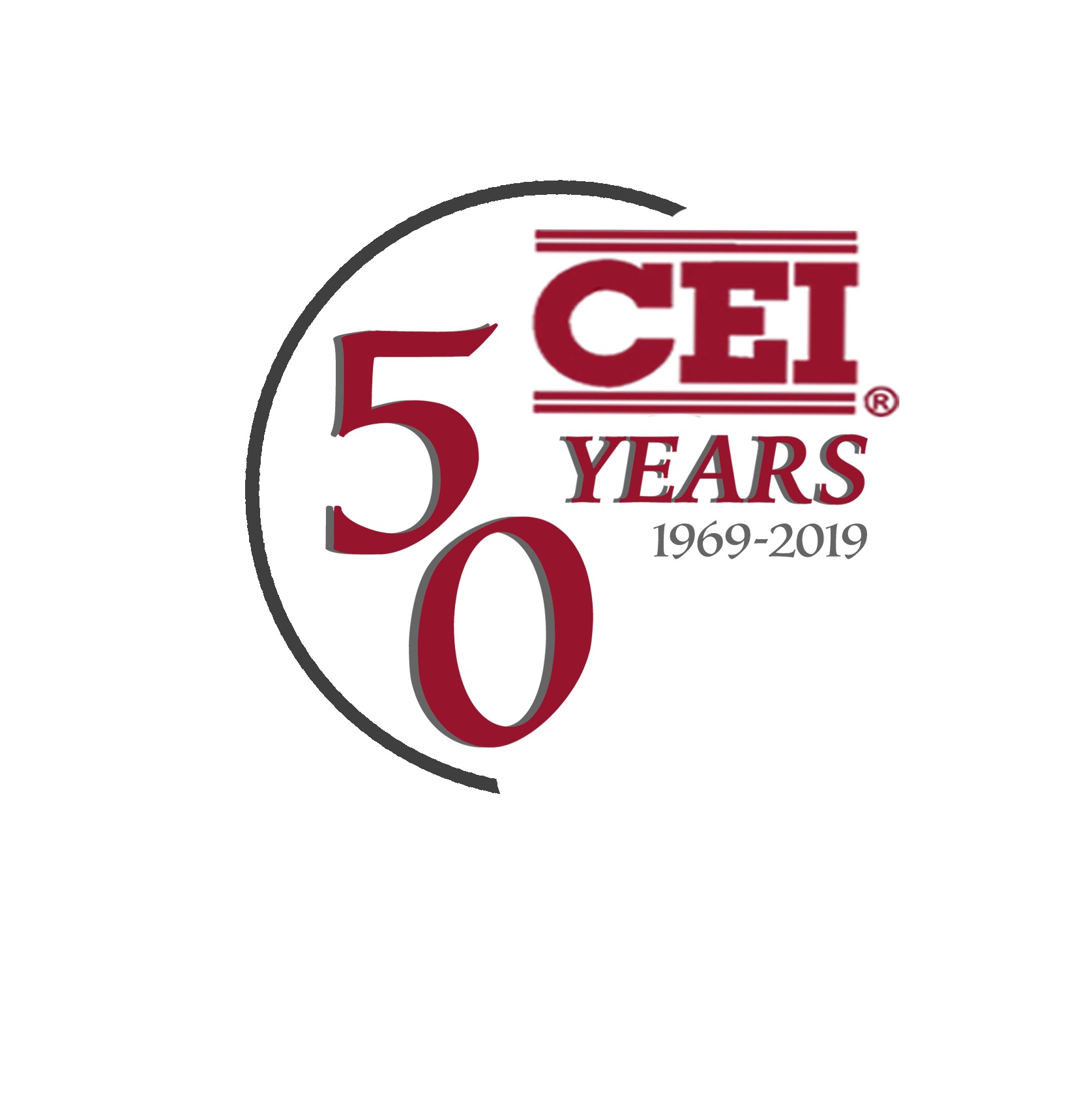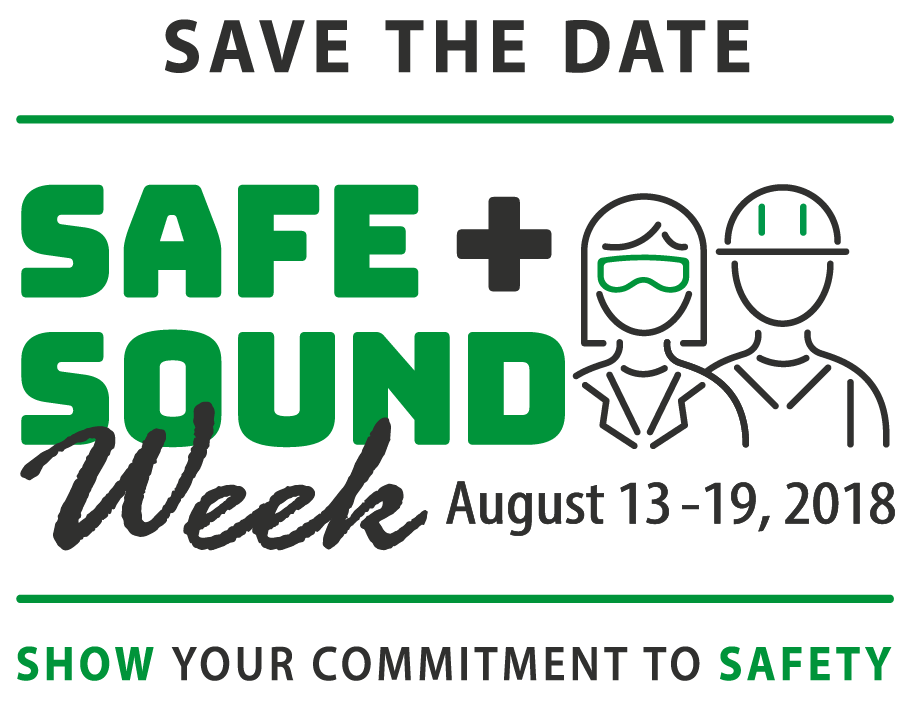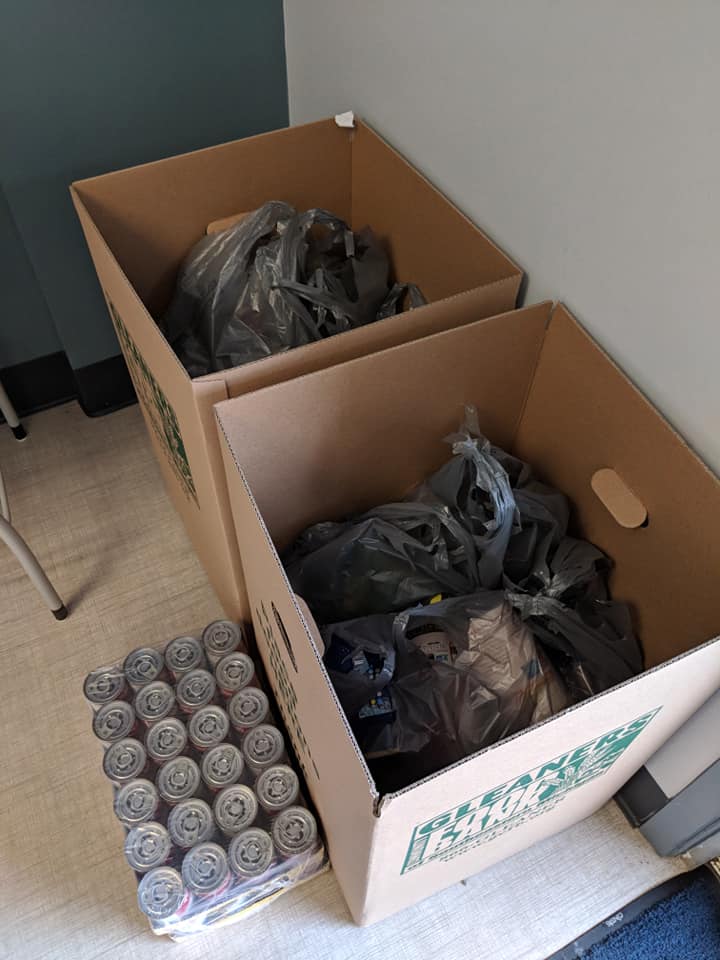- Wrap-Up 2018 Video – Coming Soon!
- Annual Company Kick-Off Meeting in February.
- 50th Year Festival for our team and their families
- NRCA’s National Roofing Week
- + So much more.
Page 3 of 11
|
Schedule Your Inspection Today-
|
|
A Roof Top Assessment is important to add to the list of items to do this Fall. An assessment keeps proper inventory of your roof and may prevent unforeseen complications, especially as inclement weather approaches. Our goal is to present you with a variety of options and fresh possibilities for extending the life of your roof. We have repair solutions that can help you delay installing a costly new roof. Regardless, you will receive a non-bias assessment of roof condition along with action steps for avoiding damage and minimizing cost.
Call and schedule your roof inspection with us today! Visit our website for more information.
|
Safe + Sound Week
At CEI, we value keeping our workers safe and healthy on the job and making sure they go home to their families every day. That’s why CEI is participating in Safe + Sound Week, August 13-19, 2018.
Safe + Sound Week is a nationwide event to raise awareness and understanding of the value of safety and health programs in workplaces that include management leadership, worker participation, and a systematic approach to finding and fixing hazards.
About 7 years ago, CEI decided that they were going to add a full-time Safety Director to their team. This was the beginning of the Safety Department. In 2016, they created the Safety Manager position. At CEI, we always met our safety requirements but in 2011 we decided that as a company we wanted to excel at safety. to have a safe job site and overall workplace it involves everyone being apart of the Safety Department. When it comes to this department, everyone must focus on the details to keep our projects safe and quality for our customers!
During Safe + Sound Week, we will show our commitment to safety by sharing information about our safety department and articles on safety through our blog/social media. These are designed to raise awareness of workplace safety and highlight the hard work that CEI’s crews and staff put into reaching our safety goals!
Safety Counts!
Safety is all about details! When details are focused on we produce a better, safer and more efficient job. When you focus on the details ahead of time then they won’t slow you down later. This has been and continues to be the focus of our Safety Department. CEI safety team is holding themselves to higher standards, working on a constant pursuit towards excellence. Their overall goal is always to create a safer work environment for all CEI employees.
Disclaimer: This document was created by the Safe + Sound Campaign organizers, OSHA, AIHA, ASSP, CPWR, NIOSH, NSC, and VPPPA. The Safe + Sound Campaign organizers do not necessarily endorse or sanction the company-specific statements in this document.
CEI Group has earned a reputation as one of the country’s most progressive roofing firms. They pioneered single ply roofs in the late 70’s and 80’s, were one of the first roofing companies to maintain their own sheet metal shop, and today, they are leading the way in green roofing projects, sheet metal, and composite wall panel projects.
As a union-shop, CEI is also known for their trade craftsmanship. Some of the lost art and techniques for working on architecturally-challenging or historical elements have been preserved and passed down from veteran roofing pros.
CEI customers appreciate the company’s disciplined project management, communication during the project, and ability to consistently meet challenging deadlines.
“We take the stress and uncertainty out of your toughest roofing challenges.” Eric Cook, President, CEI Group
Founded: 1969
Focus: Challenging Commercial Roofing Projects
Specialties: University & Historical Roofs, Slate Roofs, Multi-Level/Multi-Roof System Projects, International Government Work
Services: Leak Hunting & Repair, Extended Roof-Life Service Agreements, Coatings, Waterproofing
Every month we host a photo of the month. All of the photos are taken and sent in by our staff. This month we focused on the efforts of our safety department. Our photo of the month came from one of the monthly safety meetings that we have at CEI. We get together all of our field staff and some of our office staff to discuss various safety measures.

|
Proactively maintained roofs last an average of 8 more years than reactively maintained roofs.
Annual roof maintenance cost only 1% to 3% of the cost of a commercial roof replacement.
Building owners and facility managers who inspected and repaired their roofs routinely were able to identify potential problems before they happened. As a result, they spent an average of only 14¢ per square foot annually for maintenance. On the other hand, owners and managers who reacted to problems spent an average of 25¢ per square foot annually.
How can you proactively maintain?
Schedule a fall and spring inspection. We have maintenance and inspection programs that are designed to help your roof last longer.
You can learn more about our maintenance programs at ceigroupllc.com
|
The weather is going to be getting extremely hot in the upcoming month. Being informed on how to properly work in the heat is more than important. The weather in the following weeks is looking to reach record high’s. Roofers are placed out in the sun high up with often times nothing to cool them off, no shade and a hot roof. This can make for an even hotter environment. Being informed about taking care of yourself and your crew in these conditions is important for making a safe and productive job site.
- Stay Hydrated- This means drinking lots of water (even if you are not thirsty) and avoiding sugary or caffeinated beverages because they speed up dehydration. According to NERI, 1 quart of water per employee per hour is ideal.
- Sun Protection- Wear sunscreen and light-colored, loose-fitting clothing that covers as much skin as possible.
- Get out of the sun- during breaks sit in the shade or someplace with air conditioning. Those not accustomed to the heat should take more frequent breaks or limit the amount of physically demanding work.
- Sunglasses- make sure you are protecting your eyes from the sun with a proper pair of sunglasses.
- Know the sign and symptoms of heat sicknesses- Watch out for your fellow crew members and help them if they show any signs or symptoms of heat exhaustion.
Heat rash occurs when the skin’s sweat glands are blocked and the
sweat cannot get to the surface of the skin to evaporate. This causes
inflammation which results in a rash, which appears as reddened skin
with tiny blisters. It often occurs in skin creases or areas where your
clothing is tight against your skin restricting air circulation.
Common symptoms of heat rash included; red bumps on the skin
and an itchy or prickly feeling to the skin, also known as prickly heat.
Heat rash will usually fade away when the skin is allowed to cool.
Medical treatment is only necessary if the area becomes infected.
To avoid heat rash, try and avoid or minimize the duration of time spent in hot and/or humid
conditions, wearing loose-fitting clothing and use air conditioning or fans to allow air to circulate
over your skin.
Heat cramps are an intermittent, involuntary spasm of larger muscles which occur in individuals
who are physically active in hot weather conditions. While heat cramps are the least serious
form of the heat-related illnesses they still may be very painful and also serve as the first
a warning sign or symptom that you are suffering from heat exposure.
The primary symptom of heat cramps is profuse sweating with involuntary spasms of the large
muscles in the body and could also be the first sign that you’re suffering from heat exhaustion.
Heat cramps most often affect the lower extremities and abdominal cavity.
heat cramps include; rest, cooling the body, hydration and stretching the muscles that are
cramping.
performing physical activities in the heat, drink plenty of water and rest in a cool or shaded
area.
Heat exhaustion is often caused by ignoring the signs of heat cramps and can quickly
progress to heat stroke. This occurs when the body’s temperature regulation fails. The person
often exhibits a change in their mental status, becomes confused, lethargic and may even suffer
a seizure. When experiencing the effects of heat exhaustion, the skin stops producing sweat
and their body temperature significantly rises. This is a life-threatening condition and
immediate emergency medical attention is required. Additional signs and symptoms of heat exhaustion include; profuse sweating (at its earliest stage), weakness, nausea, vomiting, headaches, lightheadedness, and muscle cramps.
Heat stroke is a form of hyperthermia, in which the body temperature is elevated dramatically.
Heat stroke is a medical emergency and can be fatal if not promptly and properly treated.
Heat stroke is caused by an elevation in body temperature, often accompanied by dehydration.
The signs and symptoms of heat stroke are; confusion, agitation, disorientation, the absence of
sweating and coma. The most effective way to prevent against heat stroke is to stay hydrated
and be aware of the signs and symptoms of heat exhaustion and heat cramps to avoid reaching
the level where heat stroke will come into play. If anyone is exhibiting the signs of heat stroke
911 MUST be called immediately, as it’s a matter of life and death.
June’s photo of the month was sent in by Sheet Metal Foreman- Darrell Perez. The picture is from the Oakland University Student Housing Building in Rochester Hills.

Hard Hats Against Hunger: National Roofing Week 2018
The NRCA’s 2018 National Roofing Week, encourages companies in the roofing industry to give back during the week! CEI chose to host a charity event over the week. Hardhats Against Hunger was CEI’s food drive during National Roofing Week. By teaming up with Gleaner’s Food Bank, CEI collected and donated 450lbs of food and $100 in donations to the food bank in Howell. Gleaners is a local food bank that helps support many food pantries in their effort to help those in need from going hungry. They also host there own pantry that is attached to there food bank warehouse.
Along with that, CEI donated $450 to Weekend Survival Kits, an organization that helps kids in need with meals and groceries to take home for the weekends. $450 equaled meals for five children for a whole year! Too many children rely on free school lunches for there meals during the day. Food shortage can make weekends and summer break hard for students. Weekend Survival Kits helps by providing meal kits to help fill this gap. Weekend survival kits use the support of the food banks to fill their bags and takes monetary donations to pick specific food items needed.
CEI was more than excited to help support both organizations in there missions to help the hungry. National Roofing Week is always a special week that brings the roofing industry together. CEI loves to help give back as a part of the week.










